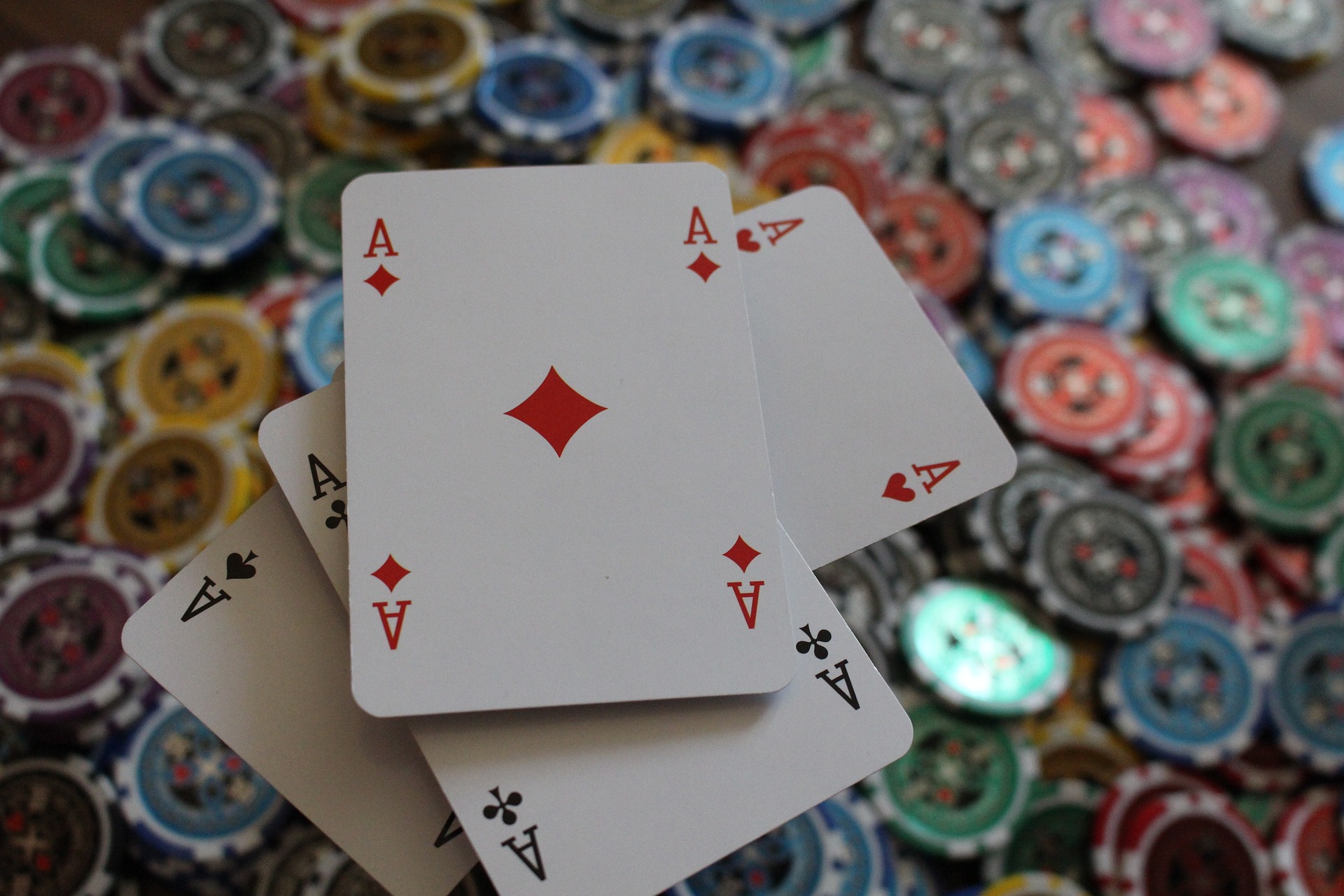This article proposes a fundamental talent that separates winners from losers. Cash game folding aces after the flip is this expertise. Tournaments are somewhat different, but similar premise applies.
Why is folding “bullets” (pocket aces) after the flip important?
Pocket aces are the strongest hole cards, but they are also the strongest hand. They surpass all other hands.
Pocket aces’ strength?
No-limit hold’em’s strongest hands are A-A, K-K, Q-Q, and A-K suited. Consider their odds of winning a random hand to compare their strength. These four hands have 85%, 82%, 80%, and 67% winning odds. These statistical averages assume you are all-in preflop with one of these four hands versus a random two-card hand. This strategy gives top pairings roughly equal odds of winning.
Preflop pocket aces are unbeatable.
Since most players know how to fold “junk” cards, we will estimate the same chance of winning if the opponent plays only strong hands, such as (6-6+, A-Q+, suited A-J, K-Q). 16 strongest hands (yes, we understand that this number can vary from player to player).
Win probabilities are 84%, 73%, 64%, and 54%. Pocket aces still hold the advantage, but the rest of the hands have much lower chances.
Pocket kings have a 73% to 84% chance of winning versus cards in this range, similar to aces. But if kings meet aces head-to-head, they become a very weak hand and only have an 18% chance of winning. All of this is to state that pocket aces simply have no equivalent pre-flop in no-limit hold’em.
Rare pocket aces. Drop them!?
Pocket aces average 221 hands. For gamers like me, it feels like an eternity. Thus, pocket aces make us anxiously lick our lips. We have huge aspirations and will kill. Reset? Seriously?
Pocket pair profitability and average win rate
You may know the average winrate (WR). Average win rate is large blinds per 100 hands. At an NL100 table, this player pays $1 each 100 hands.
Calculating the profitability of all hole cards is a fascinating statistical approach used in Texas Hold’em player databases. This considers average wins. 13. High pairings frequently go first and win over 100 large blinds every 100 hands. From A-A to 2-2, the projected victory rate naturally declines.
Under-6-6 couples have a negative victory rate.
The average pair victory rate drops at 6-6. 5-5 to 2-2 pocket pairs have negative predicted payoffs. Another tip from this article: In no-limit hold’em, fold low pairs.
All poker players—strong, weak, and freaks—experience this falling pair win rate. 4-4 is too easy to beat for even the greatest professionals to earn money with.
Because of this diminishing victory rate, Q-Q always makes more money than J-J, regardless of ability. Pocket aces always win.
Aces win.
Most crucial. Even loose gamers never lose money with pocket aces. Since aces can handle themselves, players don’t generally worry about playing them appropriately. Even bad pocket aces make money. Pocket aces are advantageous for everyone.
The tremendous implied win for pocket aces means you can shut your eyes and go all-in or raise all-in with bullets and win money on average. True. If your aces are down, you’re out of luck. This distinguishes great players from others. If you can fold AA after the flip, pocket aces may provide above-average returns.

